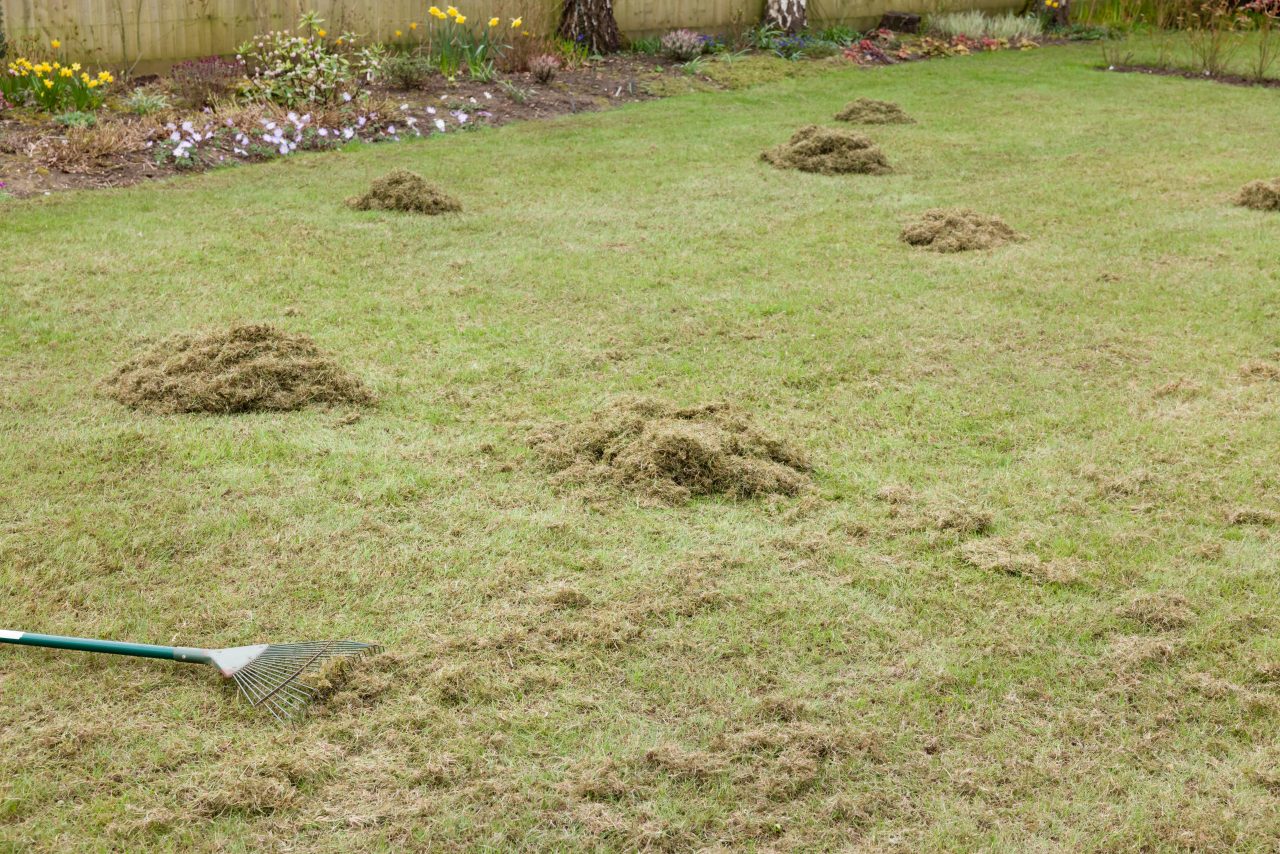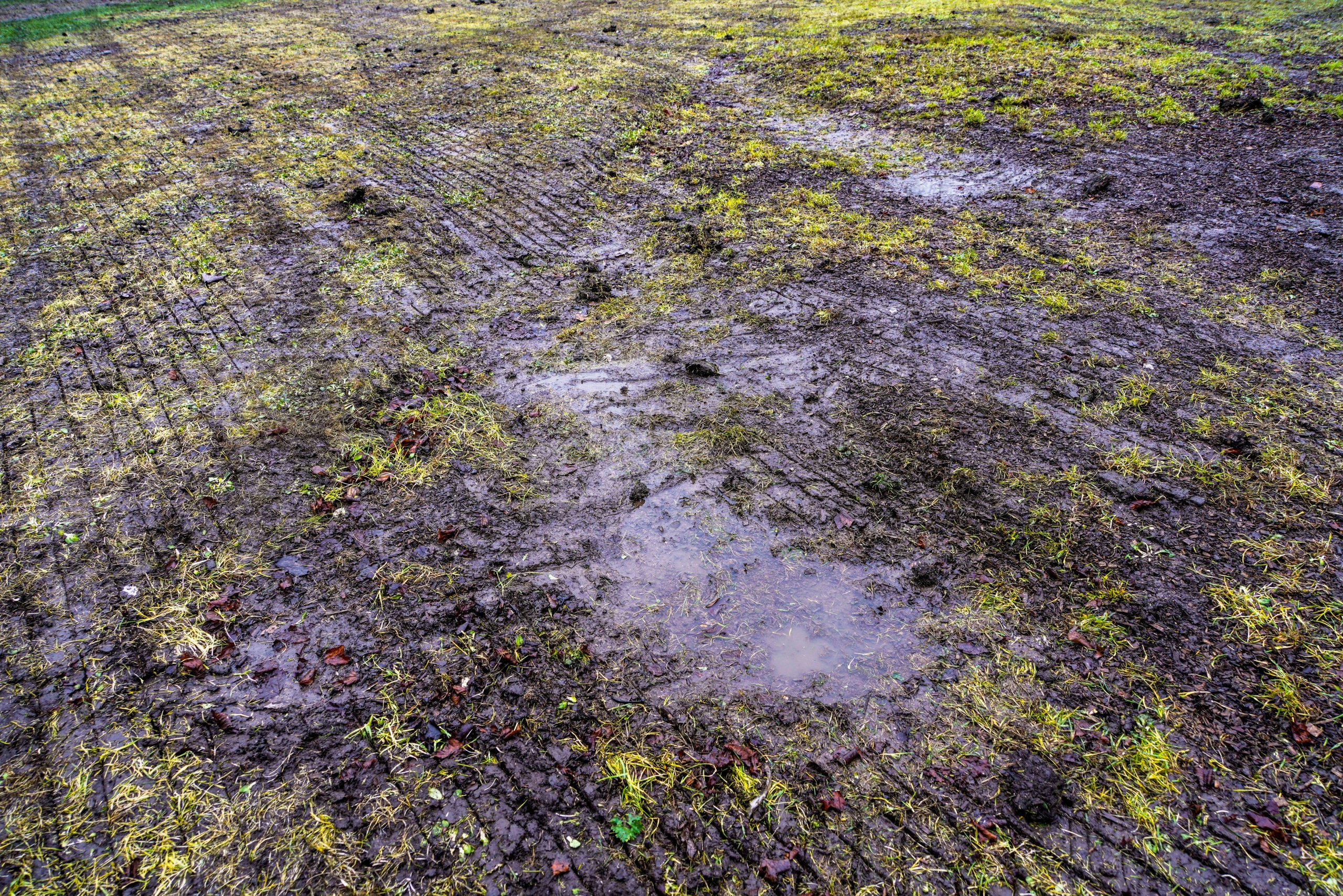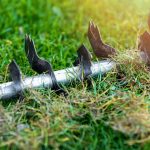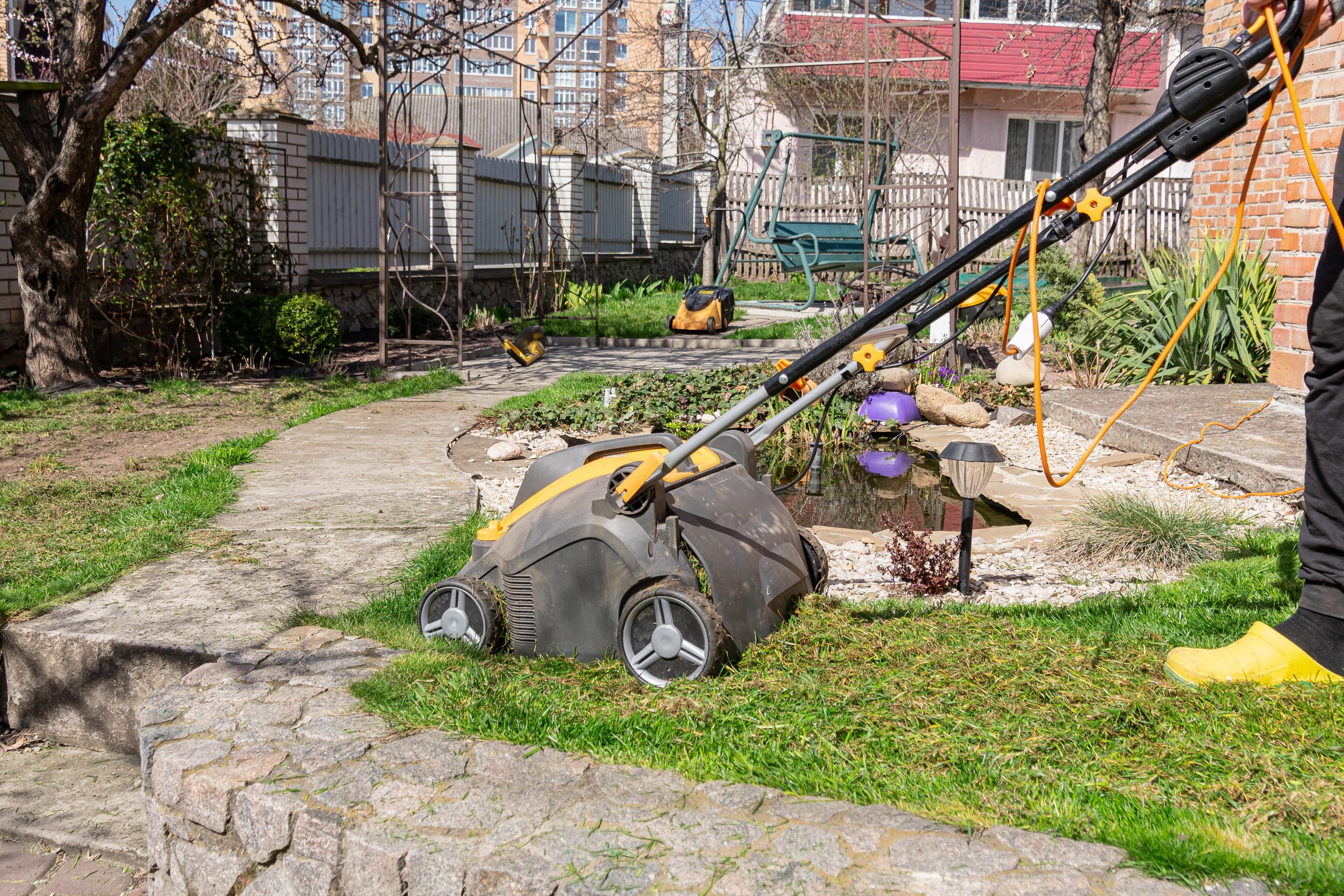There is much more involved in properly maintaining your lawn beyond just mowing and regularly watering it. Many lawn care experts suggest scarifying or dethatching your lawn. Scarifying your lawn refers to the process of removing organic material build-up, or thatch, which usually consists of dead grass roots, runners, and more.
Scarifying is important because it gives your grass plants room to take root and take in water. If you don’t scarify your lawn at least every couple of years, it could be prone to drought and disease. But what is the best way to scarify the lawn, and do you need to mow the lawn first? Here’s what you need to know about the best scarification processes.
Should You Mow the Lawn Before Scarifying?
Most experts recommend mowing the lawn before scarifying. Cutting the grass to a short level beforehand makes it easier for the scarifier to cut through the top layer of the turf and remove any excess debris.
It adds an extra step to the process, but when you set up your lawn, you knew that it would require effort to maintain it and keep it looking good! In the grand scheme of things, mowing your lawn doesn’t add that much work, especially if the result is a beautiful, healthy lawn.
Mowing the lawn before scarifying has many benefits, ranging from the aesthetic to the practical. Here are more details about when you should mow the lawn before scarifying and why you probably shouldn’t skip this step if you want a gorgeous, healthy lawn.
Why You Should Mow Before Scarifying
In most situations, you should mow the lawn before scarifying.
Mowing the lawn before going over your turf with a dethatcher or rake will make the process far more effective. If the grass is too long, then the dethatcher cannot dig deep enough to get at the excess dead grass and remove it. The result will be a patchy, uneven lawn or clumps of dead organic material that you did not get to on the first go-around. If you’re going to the trouble of scarifying your lawn, you might as well do everything in your power to make it work best the first time around.
Mowing your lawn first makes sense from a practical point because it allows the rake and dethatcher to be more effective. It also improves the aesthetics of your lawn. When the scarifying process works more evenly, it leads to a gorgeous, lush lawn. If you don’t mow the lawn and the dethatcher can’t reach the dead grass in every spot, you’ll have random dry or bald patches when your lawn grows in.
The Clear up Is a Lot Easier
Anyone who’s ever tried scarify a lawn where the grass is long will know just mow much debris is left over. You can be left with piles of grass clippings, moss and other dead matter sitting on top the grass and this can be a real pain to pick up

Mowing beforehand will reduce the amount of lawn debris so you won’t have to spend as much time raking it up after you’ve finished.
How Low Should You Mow Before Scarifying?
It’s best to mow the lawn for a really close cut. You want to mow as close to the ground as your mower will get. Some people may incorrectly refer to this as scalping but this is a different thing altogether.
You want to mow as low as you can go so that when you scarify there is less long grass under the scarifier that could potentially be ripped out. Mowing low beforehand will actually result in less damaged to the grass.
Don’t Worry About Stripes!
When you mow before scarifying the lawn, now is not the time to worry about striping. The appearance of your lawn isn’t important here. The goal is to cut as low as possible in order to prepare the lawn to be scarified in the best way possible.
The best way to mow is in a number of different directions. This will provide a nice and even close cut.
Cases When You Might Not Need to Mow Before Scarifying
The most important caveat is your grass length. If your grass is shorter than a couple inches anyway, then you probably don’t need to bother cutting it any shorter before scarifying.
The other consideration is that some scarifiers will cut down through the grass pretty well anyway, especially those to where you can set the depth to be low. If you’re going to make several passes with the scarifier on the lawn, you might be able to get away without mowing and still get all the benefits.
Is It Worth the Extra Time?
When you think about it, mowing the lawn actually doesn’t take that much extra time. You can even split it up into two days of work so that you don’t spend your entire day on the lawn (experts recommend mowing a few days earlier anyway). The short amount of extra time you spend mowing will pay off when you see how much better the results are.
Mowing the lawn before scarifying actually saves you time in the long run. Mowing gets rid of a lot of extra grass and debris, meaning that scarifying and clean-up will go much faster. It also ensures that the job will get done properly, and you won’t have to waste time scarifying again.
Extra Steps to Prepare the Lawn Before Scarifying
Besides mowing the lawn, there are a few other things that you can do to prepare the lawn before scarifying.
Planning and choosing the right timing for scarifying your lawn is one of the most important steps for ensuring your success. Scarify your lawn in early fall or late spring to give it time to recover by summer. Make sure that you pick a date far enough removed from frost so that it doesn’t damage your lawn.
Make sure that your lawn is moist but not soaking wet. If it rains, reschedule your scarifying for another date. Wet grass will stick to your rake or dethatcher, so then the healthy grass will get pulled out along with the old matter.
Finally, overseed the lawn about a week before scarifying (and repeat the process after you finish scarifying). Overseeding will fill in any bare spots and help your lawn stay healthy, even if you accidentally tear up too many bare patches.
Scarifying Your Way to a Healthy Lawn
Getting rid of clumps of dead grass with a rake or dethatcher is crucial to ensuring that you have a healthy lawn and that healthy grass has space to grow. To ensure that the scarifying process works properly, I’d recommend mowing the lawn beforehand so that the grass is 2–2.5 inches high.
Mowing the lawn first adds an extra step, but it ultimately saves you time because it makes the process of removing the dead grass easier and it makes the results look better. Take a day or two out of your year to take care of your lawn and reap the results for the rest of the year!







